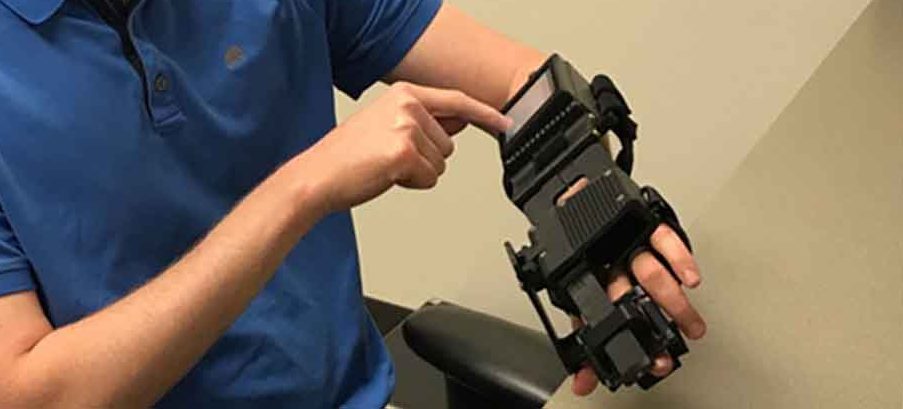Device Helps Recovery from Stroke Paralysis — Page 2

Ipsihand device
A person’s thoughts control a device called Ipsihand, developed by the Washington University team. A stroke survivor wears an electrode-equipped cap that detects electrical signals in his or her brain indicating how the person wants to move a paralyzed hand.
A computer then amplifies the brain signals, triggering a control device fitted over the paralyzed hand. The result is guided movements. The paralyzed hand can open, close, and even grip, using the second and third fingers and thumb.
“Of course, there’s a lot more to using your arms and hands than this, but being able to grasp and use your opposable thumb is very valuable,” said researcher Thy Huskey, MD, University of Washington associate professor of physical medicine and rehabilitation. “Just because your arm isn’t moving exactly as it was before, it’s not worthless. We can still interact with the world with the weakened arm.”
What’s most remarkable is the part of the brain that triggers the Ipsihand device: It’s an area not previously known to be linked to hand movement.
Updated:
January 17, 2024
Reviewed By:
Janet O’Dell, RN